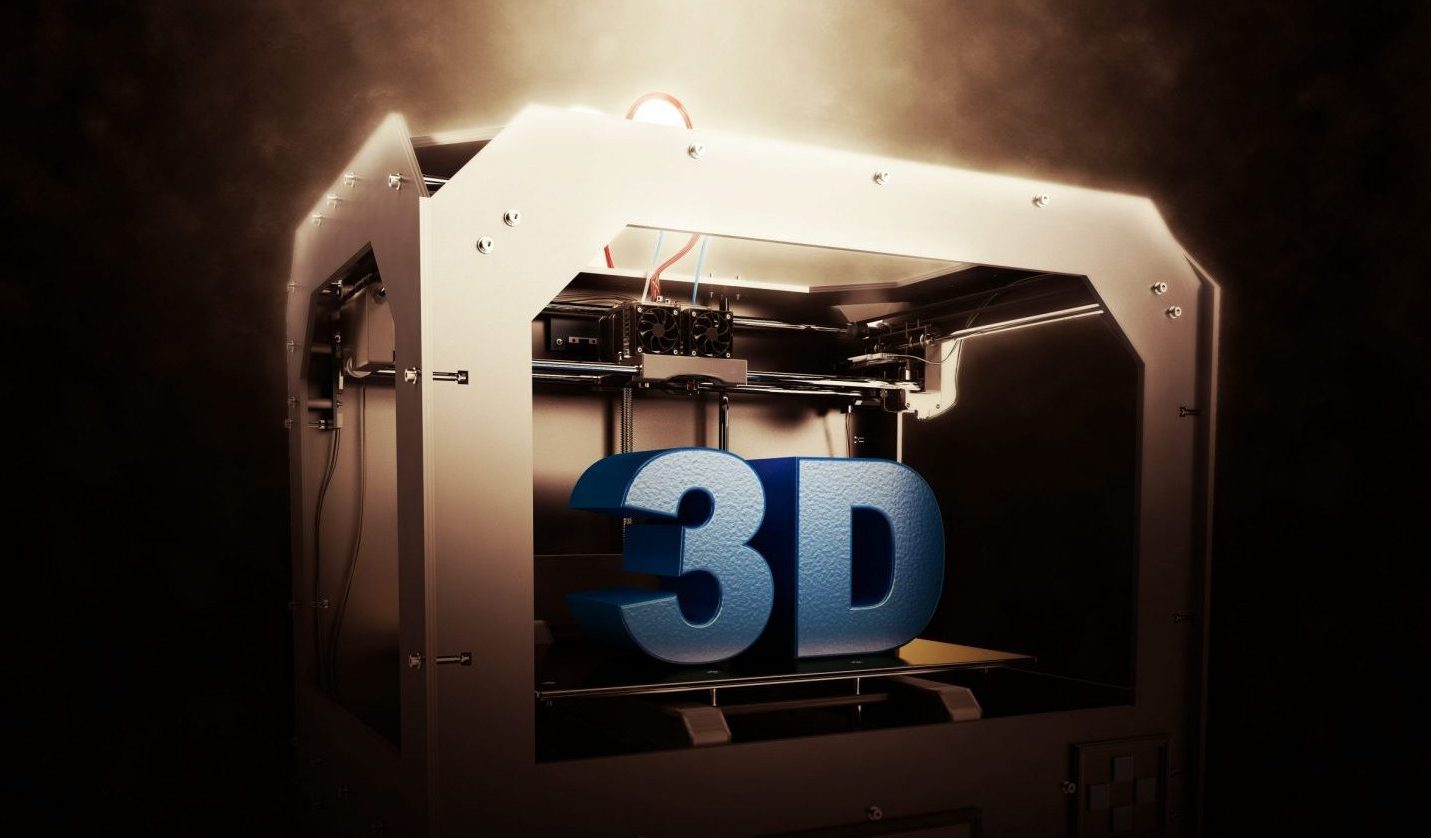What is the difference between an industrial 3D printer and a home desktop 3D printer?
FDM (Fused Deposition Modeling) is the most commonly used technology used for both low-budget and industrial printers. It involves creating a layer by layer by applying thermoplastic material. Despite this part of the common possibilities offered by both types of prints, as you might expect, they differ significantly.
There are 3D printers for home use (desktop) and industrial models on the market. And while desktop printers are usually used to create objects for entertainment only, industrial printers can even be used to create life-saving elements.
3D print accuracy in industrial printing
The 3D printout error tolerance depends on two factors: positioning accuracy and printer calibration, as well as the geometry of the printed object. Industrial 3D printers based on FDM technology, consisting of creating durable parts from thermoplastics, produce elements with high accuracy (with an error tolerance of up to 0.15%). Such devices allow greater parameter control during printing.
Before printing, the appropriate parameters are set here, and we have a heated chamber at our disposal. Thanks to it, the effects of rapid cooling of molten plastic are minimized, and materials with a higher melting point can be used. Most industrial 3D printers are equipped with a double extruder (extruder), which thanks to the possibility of using a dedicated support material facilitates the printing of complicated shapes and allows for a smoother surface.
3D print accuracy in desktop printers
3D desktop printers in terms of calibration and equipment are not far behind industrial models. However, their error tolerance remains greater (around 0.5 mm).
Most 3D printers for home use allow you to achieve an acceptable level of print quality, however, the results obtained depend heavily on the skills of the person operating the printer, and printed models usually require more work on processing.
Materials (filaments) used for industrial printing
For 3D printing in industrial printers mainly plastics are used: ABS, PC, Ultem. The material is selected according to the application, taking into account:
- High durability
- Thermal stability
- Flexibility
- Resistance to action chemical agents,
- Biocompatibility
Materials used for printing in low-budget printers
In desktop printers that use the FDM method, PLA is the most commonly used material. It is a filament that allows for relatively easy and accurate 3D printing.
If there is a need to create an object with greater strength, plasticity and thermal stability, ABS is used, but its use may be difficult, especially in printer models that lack a closed and heated chamber.
Another material used for printing in 3D desktop printers is PET-G, which has more similar properties to ABS, but is easier to use.
Production capabilities of desktop and industrial 3D printers
3D desktop printers require the user to regularly calibrate and maintain, while industrial printers are adapted to create repetitive batches of objects. Low-budget 3D printers also have much smaller dimensions.
The most common working field in low-budget models is 200 x 200 x 200 mm, while for industrial models these dimensions can reach up to 900 x 600 x 900 mm. Thanks to this, you can create both single, larger models and many smaller ones at the same time.
Ps. See our printers with large build volume.
Desktop and industrial 3D printing – application
Although the possibilities of desktop and industrial printers are different, it is worth knowing in which case the former can be used successfully, and in which it will not be without industrial models.
- If you plan to print an object that will have the best mapping of dimensions, with specific properties (such as resistance to temperature and chemicals) and large dimensions (larger than 200 x 200 x 200 mm), you will need to use an industrial 3D printer for this,
- We can use a desktop 3D printer if we plan to create a prototype (in the number of 1 or at most several pieces), whose print accuracy can be about 1%
- If you need 3D prints containing small details, consider using SLA or SLS technology
What are the differences between an industrial and desktop 3D printer?
Watch the video with our Chief Technologist Krzysztof Kardach (subtitles video)
See our offer of industrial 3D printers and learn more about the use of 3D printing

